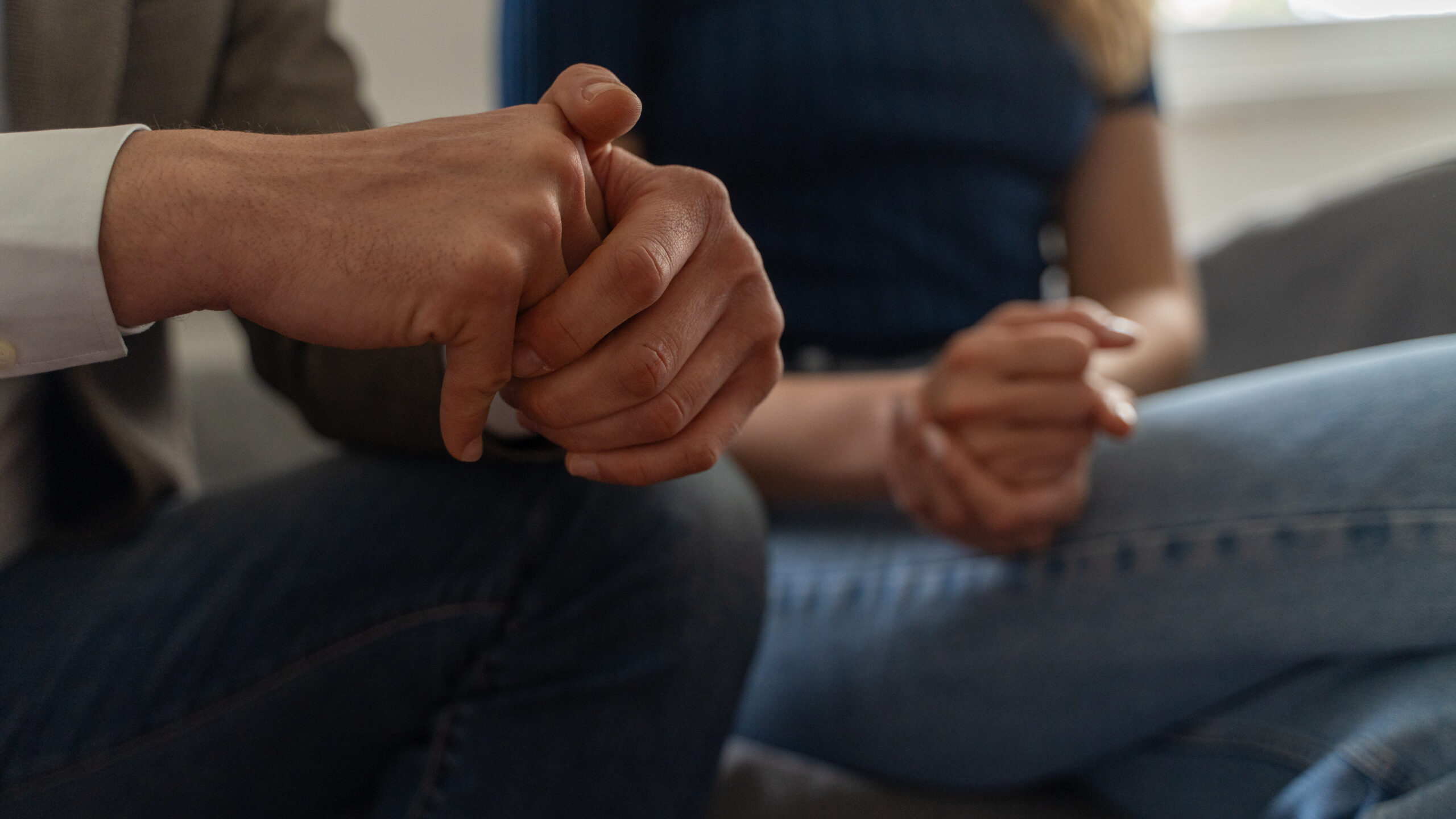An online insomnia treatment developed at the University of Virginia is stepping in to help older people who struggle to fall asleep and stay asleep.
An online insomnia treatment developed at the University of Virginia is stepping in to help older people who struggle to fall asleep and stay asleep, according to the treatment creator.
“Older adults do have a more difficult time with insomnia,” said Lee Ritterband, PhD., the director of UVA Health’s Center for Behavioral Health and Technology. “They tend to have a difficult time with falling asleep and waking in the middle of the night, having trouble falling back asleep, and also waking up early in the morning, before they’re wanting to get up.”
Ritterband is the creator of the SHUTi OASIS intervention, which stands for “Sleep Healthy Using the Internet for Older Adults Suffering with Insomnia and Sleeplessness.” He said it’s the first digital health program for insomnia, specifically for adults over the age of 55. One of the 311 participants in the trial was 95 years old.
One of the most important aspects, according to Ritterband, is that older adults were generally able to do the internet-based program without technical support from others. Ritterband said the treatment would benefit many older people who might not have access to in-person treatment because of location or cost.
What is the user experience?
“It’s a web page, they can do it on their phone, they can do it on their computer,” said Ritterband. “It’s text, it’s pictures, it’s videos, it’s interactions they can interact with by clicking and dragging and dropping and moving things around.”
Ritterband said researchers expected older users to have more difficulty navigating the treatment: “Almost nobody needed support, we were blown away with how well people were able to do it on their own.”
How does SHUTi work, help?
Ritterband said the SHUTi (pronounced “shut eye”) treatment is based on cognitive behavioral therapy.
When a person is struggling to fall asleep, “They’re having some thoughts that might be interfering — maybe they’re feeling anxious, maybe their mind is racing — those are the cognitive components,” said Ritterband.
The program teaches users to manage those intrusive thoughts, “and how to think about things, maybe a little bit differently,” he said.
On the behavioral side, Ritterband said the program integrates information the users supply in sleep diaries, “and that’s taking that data and creating a very tailored program for that particular person.”
Ritterband said the algorithm helps a user determine what time they should go to sleep and what time they should wake up.

In addition, it provides stimulus control guidelines — a set of rules that patients are encouraged to follow.
“Things like don’t go to bed if you’re not sleepy, don’t stay in bed for more than twenty minutes awake,” said Ritterband. “And, if you are, get out of bed, do some quiet activity, and only go back into bed when you’re feeling sleepy.”
According to the study published in the scientific journal npj Digital Medicine, participants either used the SHUTi OASIS program by themselves, with technical assistance, or received standard online information about insomnia.
According to the study, the online program significantly outperformed the standard materials at the end of the trial, six months later, and again a year after the trial ended, based upon participants’ descriptions of their ability to sleep and by clinical indicators of insomnia and remission.
Get breaking news and daily headlines delivered to your email inbox by signing up here.
© 2025 WTOP. All Rights Reserved. This website is not intended for users located within the European Economic Area.
Source link

